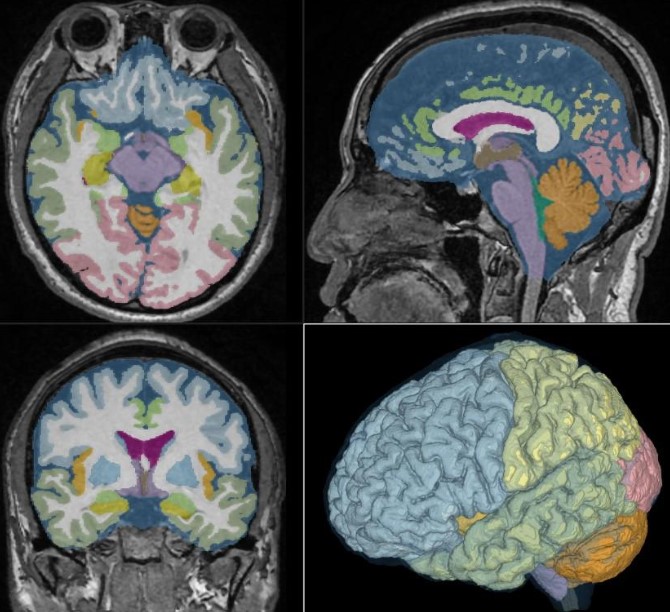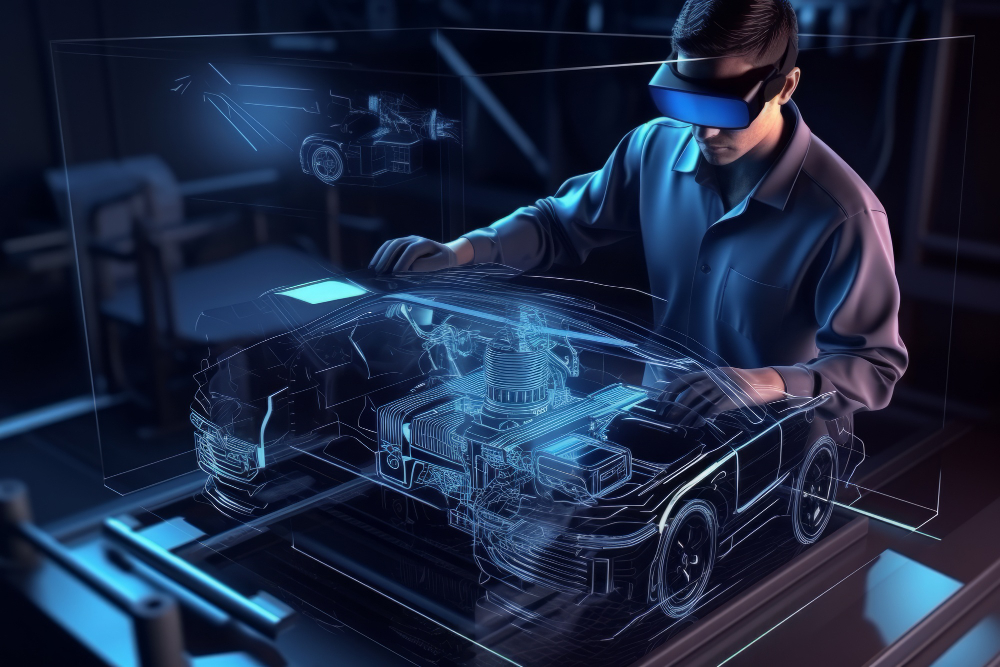Retrieval Augmented Generation (RAG): Examples and Guidance
Retrieval Augmented Generation (RAG) works in the field of generative AI by providing specific, accurate answers in response to queries, all within a specific context. Let’s see some examples and guidance on how RAG works and its benefits.
Understanding RAG
In simple terms, RAG combines the power of information retrieval with generative models, such as large language models (LLMs). RAG first retrieves relevant information from data sources using semantic search techniques. The retrieved info, in numerical forms, goes to generative models. They generate a response based on the context.
Example 1: Improving Chatbot Responses
Consider a customer service chatbot powered by RAG. When a user asks a question, the chatbot utilises RAG to search through a vector database of customer queries. It quickly retrieves similar queries and their corresponding answers. RAG’s generative AI creates a response specific to the user’s query, guaranteeing accuracy and relevance.
Guidance for Implementing RAG
- Define Specific Information Needs: Before implementing RAG, it’s crucial to define the specific information needs of your application. This includes determining the data sources to use. The context in which the responses will deliver the generated text.
- Training Data Preparation: RAG requires training data that encompasses a wide range of scenarios and contexts. This data should be clean and structured to ensure accurate information retrieval.
- Integration with Generative Models: Integration of RAG with generative models like LLMs requires careful consideration. Fine-tuning these models to work seamlessly with the retrieved information is essential for accurate responses.
- Real-Time Capabilities: RAG offers the advantage of real-time response generation. This means that as new data enters the system and it is possible to update and improve over time.
Example 2: Enhancing E-Commerce Search
Imagine a large e-commerce platform with millions of products and customer reviews. When a user searches “best laptops for gaming,” RAG fetches relevant details from its vast database. RAG quickly identifies similar user queries and their associated product listings, reviews, and specifications.
Next, the generative AI aspect of RAG comes into play. It analyses the retrieved data to generate a response tailored to the user’s search query. Users get a detailed list of top-rated gaming laptops from real-time data with prices, specifications, and user ratings.
Guidance for Implementing RAG
- Identify Data Sources. Begin by identifying the data sources that RAG will utilise. This includes product databases, customer reviews, and specifications.
- Fine-Tuning Models. To ensure accurate responses, fine-tune the generative models within RAG with relevant training data. This process optimises the models to generate appropriate answers.
- Real-Time Updates. One of the advantages of RAG is its ability to provide real-time responses. As new product specifications or user preferences change, RAG can update its responses accordingly.
- Quality Assurance. Implementing quality assurance measures is crucial. Regularly monitor the accuracy of RAG-generated responses and refine the system as needed.
Example 3: Creating Engaging Blog Posts
Consider a company specialising in tech reviews and tutorials. They utilise RAG to streamline their blog post creation process. Here’s how it works:
- Data Points and Fine-Tuning. The company gathers a wealth of data points from their existing blog posts, user feedback, and industry reports. With RAG’s fine-tuning capabilities, they train the model on this data to understand the nuances of their niche.
- Real-World Application. When a writer begins crafting a new blog post on “Top 10 Tech Gadgets of 2024,” they input their initial thoughts into the RAG system. RAG then analyses the query vector and retrieves relevant information from its trained models (reviews, specifications, and user opinions).
- Generating Engaging Content. Armed with this wealth of information, the generative AI models within RAG get to work. It crafts engaging paragraphs, bullet points, and product comparisons in real-time. The writer can then toggle the table of contents and select the most relevant sections, saving valuable time.
- Improved Customer Service. Beyond content creation, RAG also benefits customer service interactions. The customer service agent utilises RAG’s capabilities when a customer asks about a specific product feature.
- Natural Language Processing (NLP). RAG’s NLP algorithms understand the customer’s query in human language, extracting the key points.
- Access to Relevant Information. With RAG’s access to a wide range of data sources, the agent can provide accurate and timely responses. This may include customer reviews and product specifications, the agent can provide accurate and timely responses.
- Generating Responses. The agent inputs the customer’s query, and RAG generates a response tailored to their needs. Whether it’s troubleshooting steps or product comparisons, RAG delivers accurate information.
How TechnoLynx Can Help
At TechnoLynx, we understand the power of RAG to transform content creation and customer service. Here’s how our AI Consulting services can elevate your business:
- Custom AI Models. Our team of expert data scientists and AI consultants specialises in developing custom AI models. We fine-tune RAG for your specific industry and business needs. Whether you’re in tech, e-commerce, or healthcare, we tailor RAG to understand the nuances of your domain.
- Training and Implementation. Implementing RAG can be complex, but with TechnoLynx by your side, the process becomes seamless. We provide comprehensive training sessions for your team on how to use RAG effectively. This includes understanding query vectors and toggling the table of contents.
- Continuous Support. Our commitment doesn’t end with implementation. We offer ongoing support and maintenance for your RAG system. We’re here to fine-tune and update the models, ensuring they remain relevant and accurate over time.
- Integration with Existing Systems. If you already have existing software or data pipelines in place, we can integrate RAG seamlessly. Our expertise in cloud-based solutions and agile software development ensures a smooth transition without disrupting your current operations.
- AI Strategy Development. Beyond RAG, our consultants work with you to develop a holistic AI strategy. This involves spotting new AI uses, utilising computer vision for visual content, and enhancing customer service with AI-driven solutions. Our goal is to align AI technologies with your business objectives for maximum impact.
- Enhancing User Experience. With RAG’s ability to generate engaging content and accurate responses, user experience is significantly enhanced. RAG, powered by TechnoLynx, keeps your audience engaged and informed. Whether it’s detailed product information or compelling blog posts, we’ve got you covered.
- Improving Business Processes. RAG isn’t just about content creation; it can also streamline internal processes. RAG becomes an integral part of your business operations, automating repetitive tasks and providing real-time data insights for project managers.
By partnering with TechnoLynx for AI consulting, you gain a strategic advantage in the AI landscape. Our tailored solutions, expert guidance, and continuous support empower your business to access

Read our related post on Understanding Retrieval Augmented Generation (RAG).
Related Posts

The Synergy of AI: Screening & Diagnostics on Steroids!
3/05/2024

Enhancing Manufacturing Efficiency with Computer Vision
2/05/2024

How to Create Content Using AI-Generated 3D Models
30/04/2024
Generative AI Consulting for Business Advancement
29/04/2024

Internet of Medical Things: All Medical Devices Communicating
29/04/2024

The Potential of Generative AI Consulting Services
26/04/2024

The Impact of Conversational AI on the Insurance Industry
25/04/2024

Level Up Your Gaming Experience with AI and AR/VR
25/04/2024

The Ultimate ChatGPT Cheat Sheet: Crafting Effective Prompts
24/04/2024

AI Consulting Services: Empowering Businesses with AI
24/04/2024